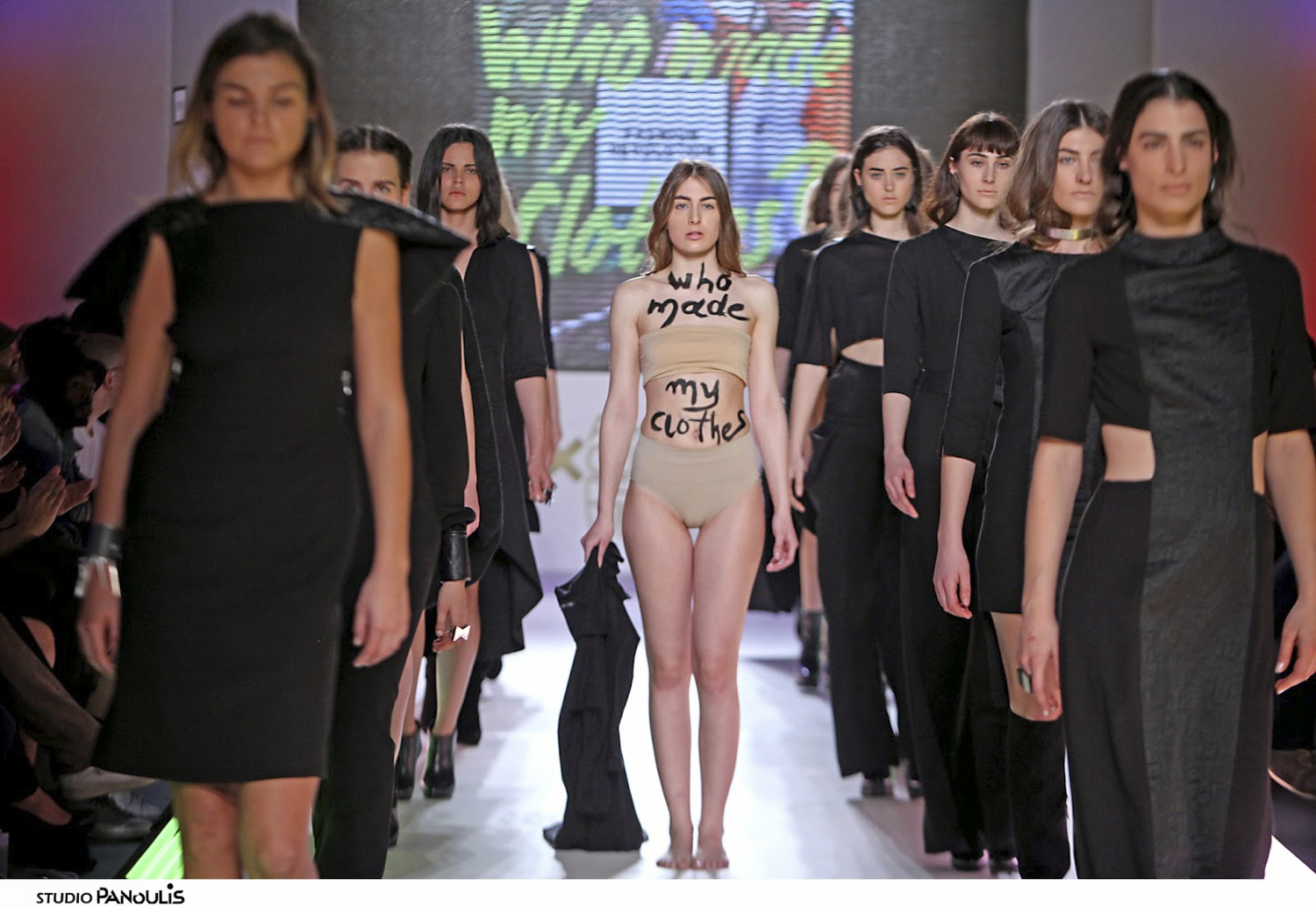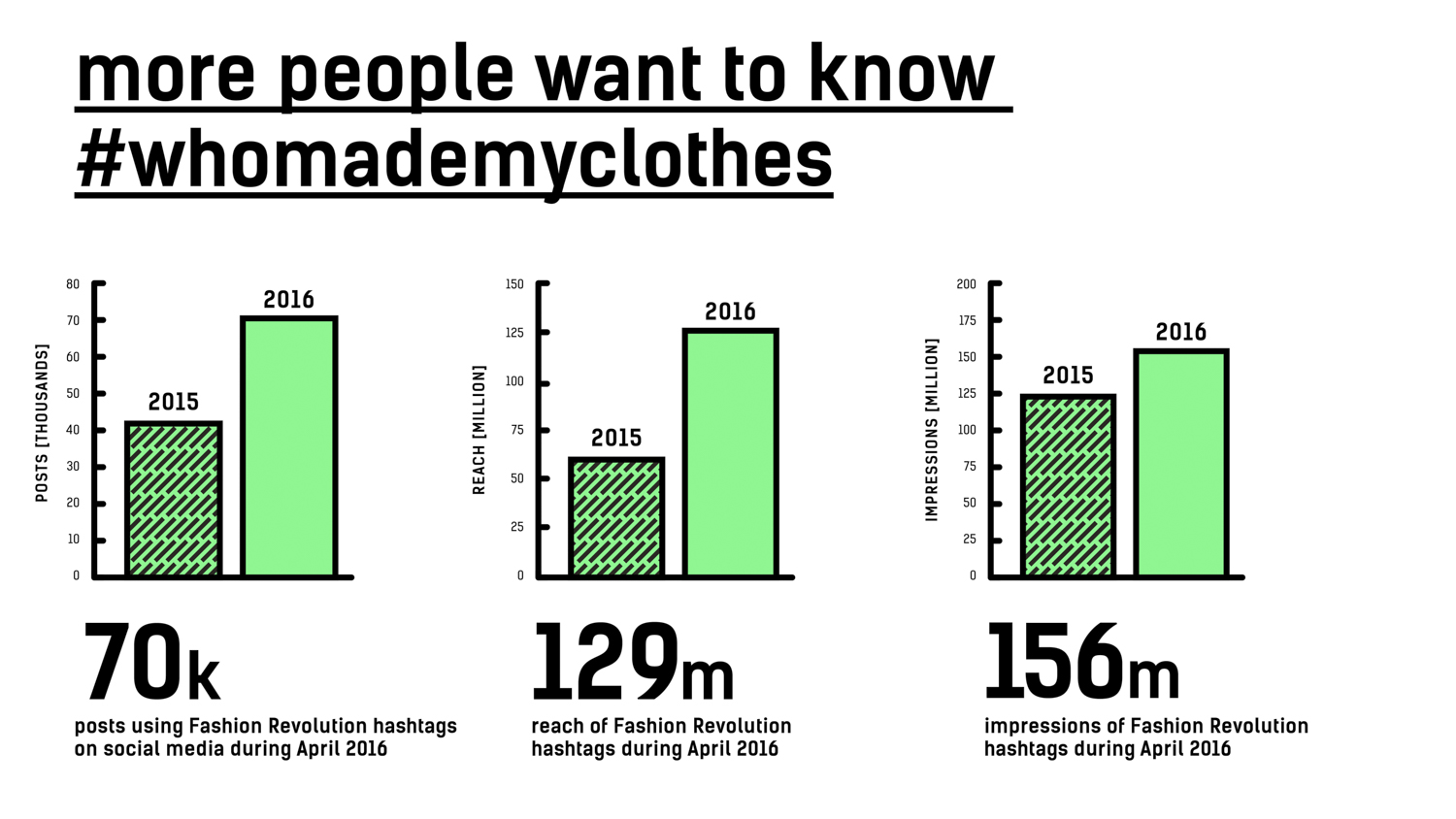Tragedy struck in Bangladesh on April 24, 2013 when the Rana Plaza building collapsed, killing 1,138 people and injuring 2,500, most of whom were women. The Rana Plaza was home to five garment factories that produced clothing for major clothing brands, but soon became known to the world as one of the worst industrial disasters in history.
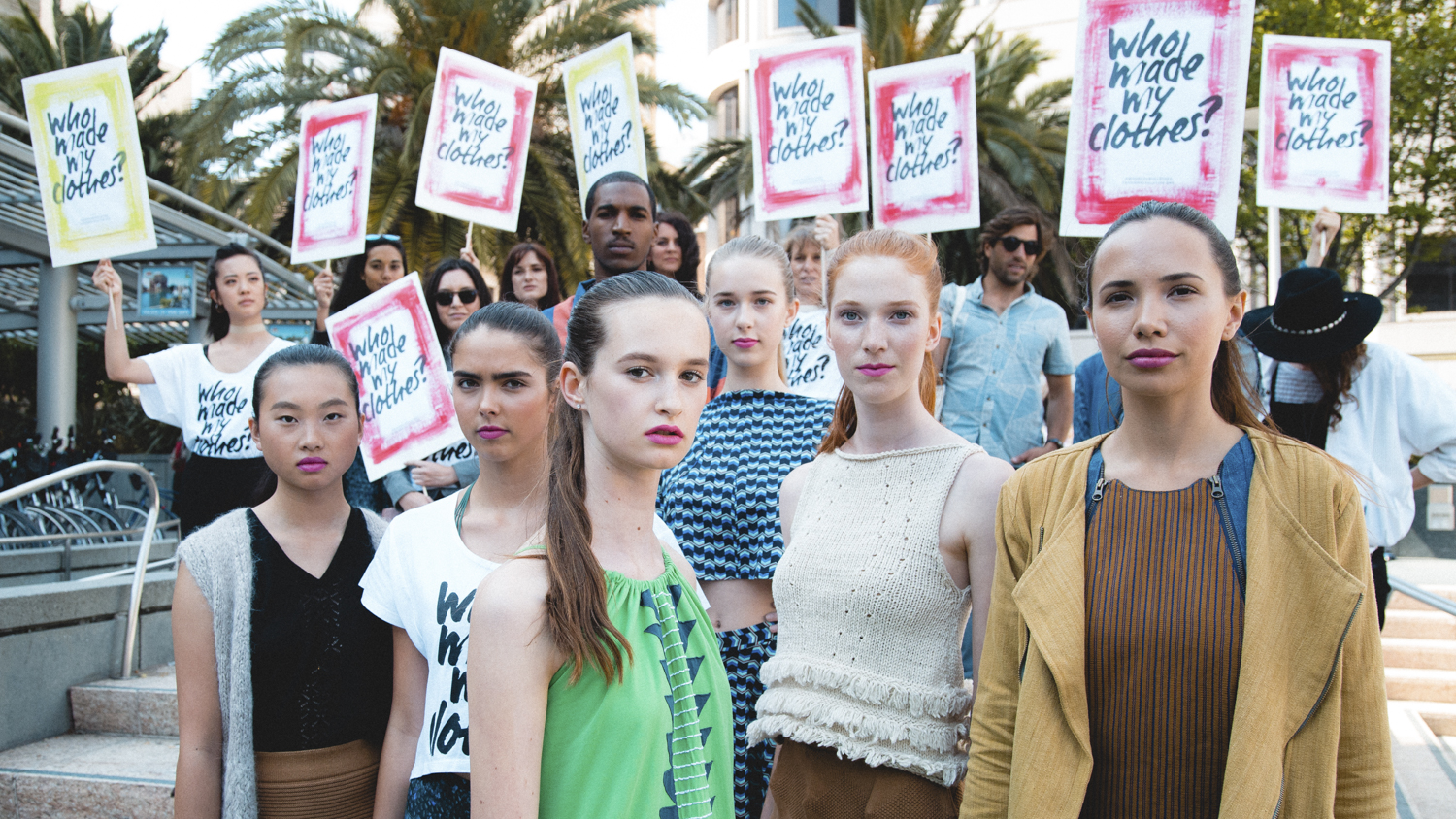
As I sit here writing to all of you, I do not know where the dress I am wearing was made or who made it. I do not know what their lives are like, or the state of their working conditions. I do not know how long it took to produce this dress or how much it cost to make it. What I do know is that my dress was not made in the USA, and was mass produced by a major clothing brand. There is a connection between my purple dress and the lives lost in Bangladesh on April 24, 2013; and it is a connection that, if gone unnoticed, will continue to affect people like the ones working in the Rana Plaza that day.
This is where Fashion Revolution becomes one of the most important aspects of our fashion industry. I was able to read about the tragedy of the Rana Plaza building on their website, along with other eye-opening information.
According to the website, “Approximately 75 million people work to make our clothes. 80% of them are women between the ages of 18 and 35. However, the majority of people who make clothes for the global market live in poverty, unable to afford life’s basic necessities. Many are subject to exploitation; verbal and physical abuse, working in unsafe and dirty conditions, with very little pay.”
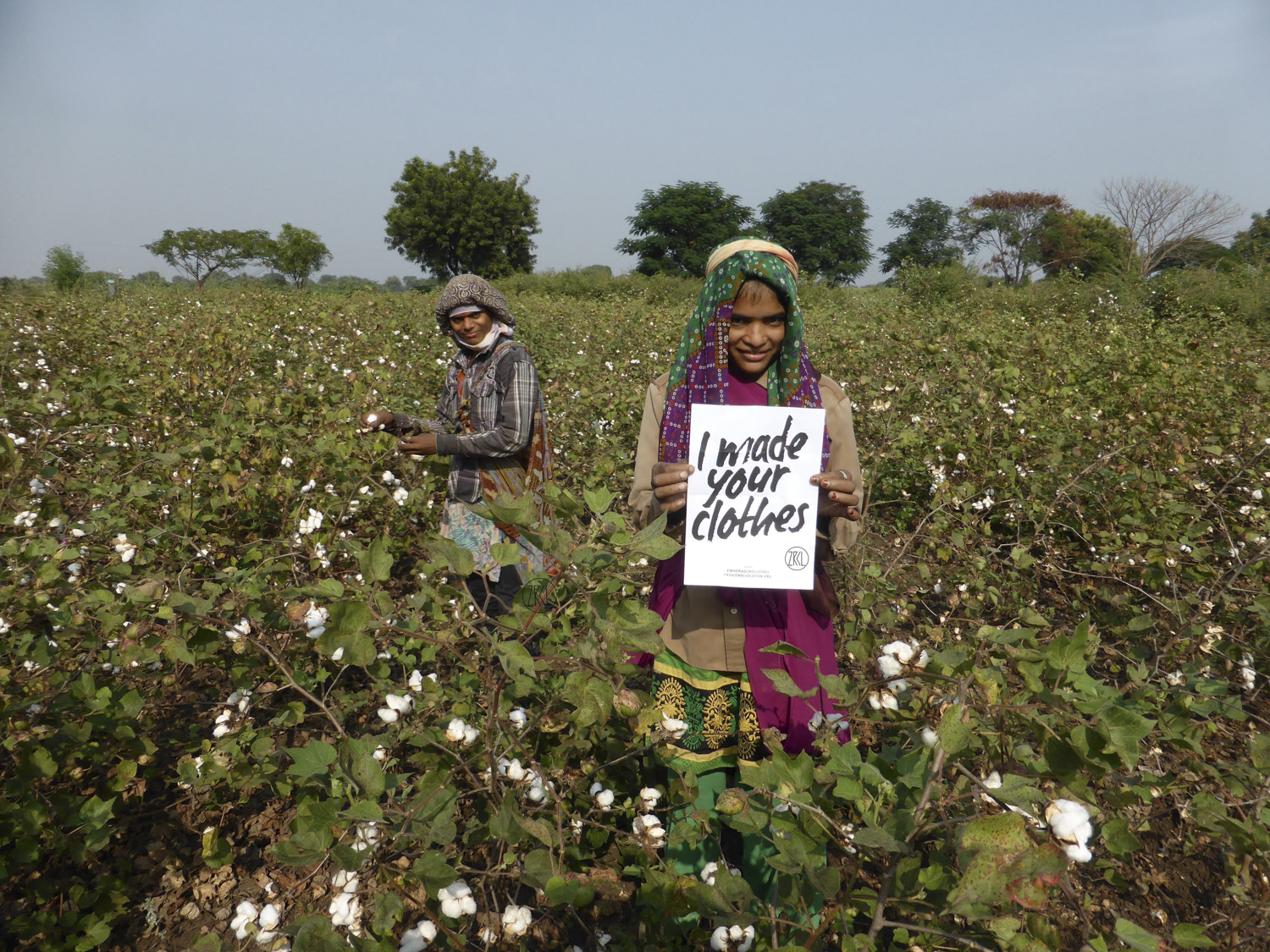
What is the Fashion Revolution and how does it challenge these horrifying facts?
Fashion Revolution is a global movement working to raise awareness and create change within the fashion industry. It holds companies accountable for creating safe work environments and valuing their workers, treating them with dignity and respect while also minimizing their own impact on the environment.
Calling upon companies to be transparent in their practices is the first step towards creating a brighter, healthier, and safer future for the fashion industry.
How do we go about doing this? This week happens to be the official Fashion Revolution week (April 24-30), and during this time the Fashion Revolution organization encourages us to ask, “#whomademyclothes?”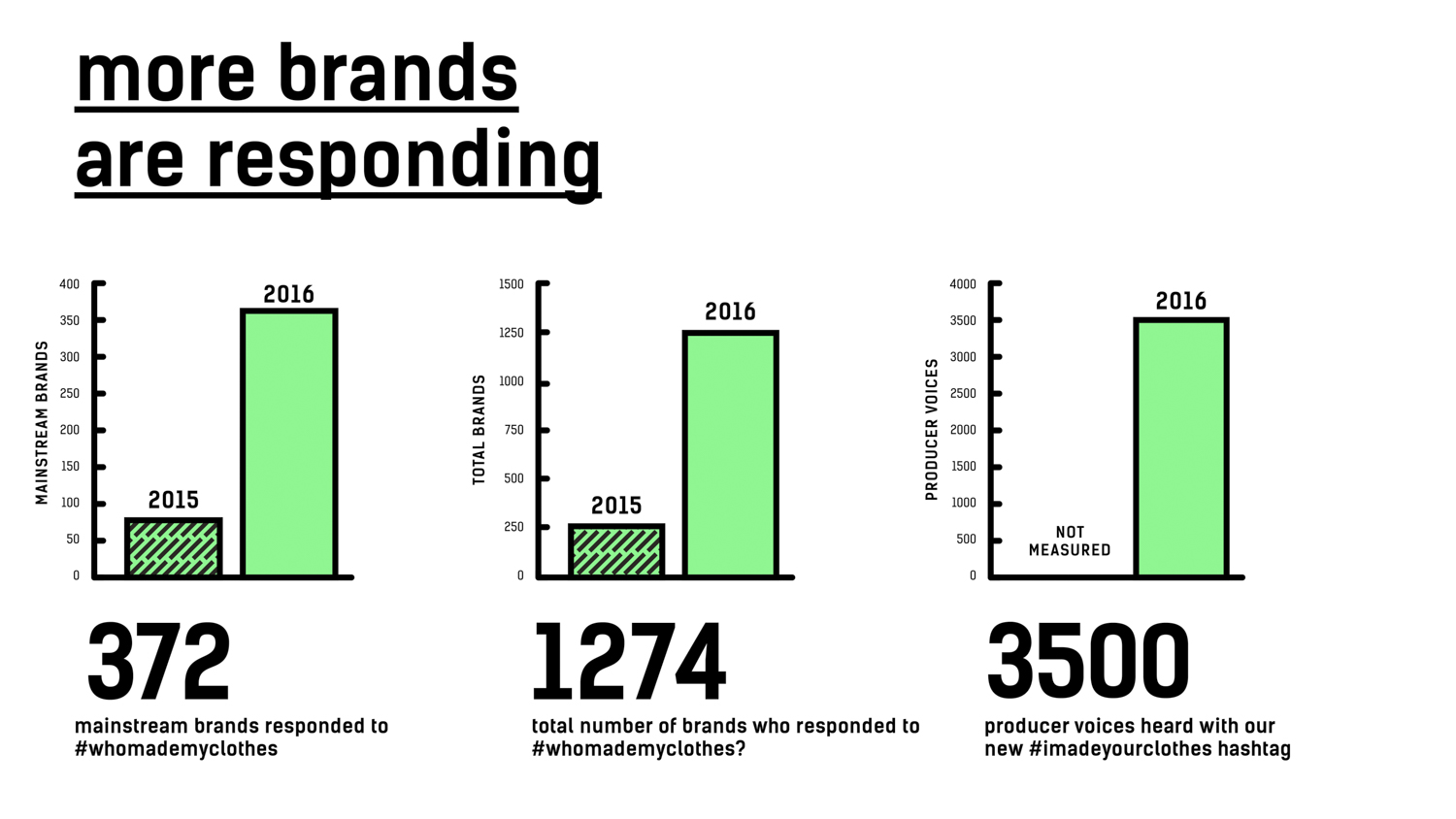
However, this question does not stop when the week is over. It is a persistent question that must be posed over and over until transparency exists throughout the fashion industry.
For radical change to happen, it is crucial for the way we produce clothing to be improved. The concept of quality over quantity can break the cycle of mass producing garments at high speed and volume.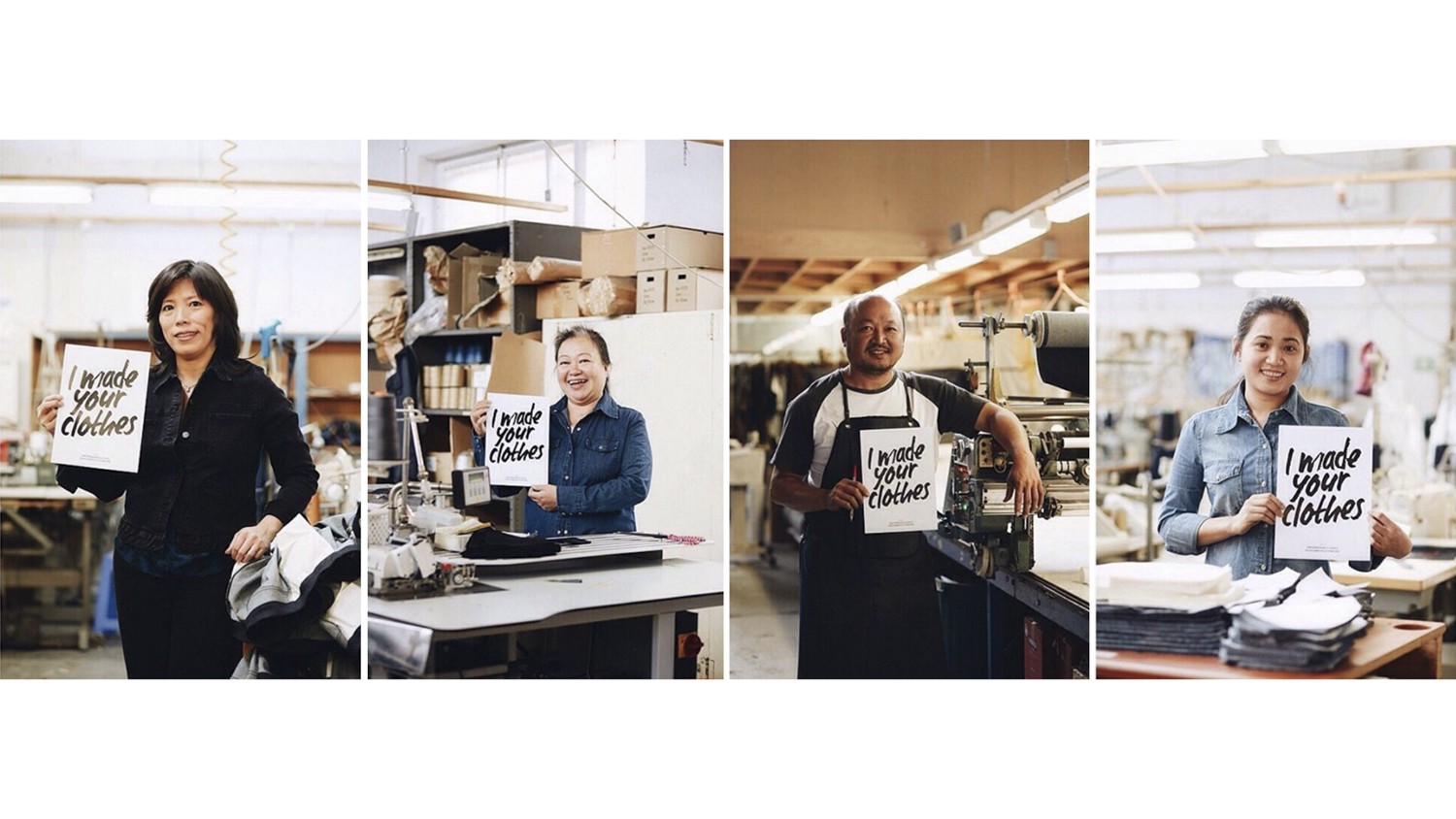
Loving the clothing we already own and being selective for future purchases is a small step for a larger purpose, and letting our curiosity be driven by empathy can help improve the state of our environment and better the quality of life for those living in it.
Are you curious to learn more? Mr. Shivam Punjya, chairman of Fashion Revolution USA and CEO of Behno (a company dedicated to ethical garment making) will be speaking at the Student Center on May 11 at 6:30 pm.
Written by Carly Walker
Photos courtesy of Fashion Revolution

